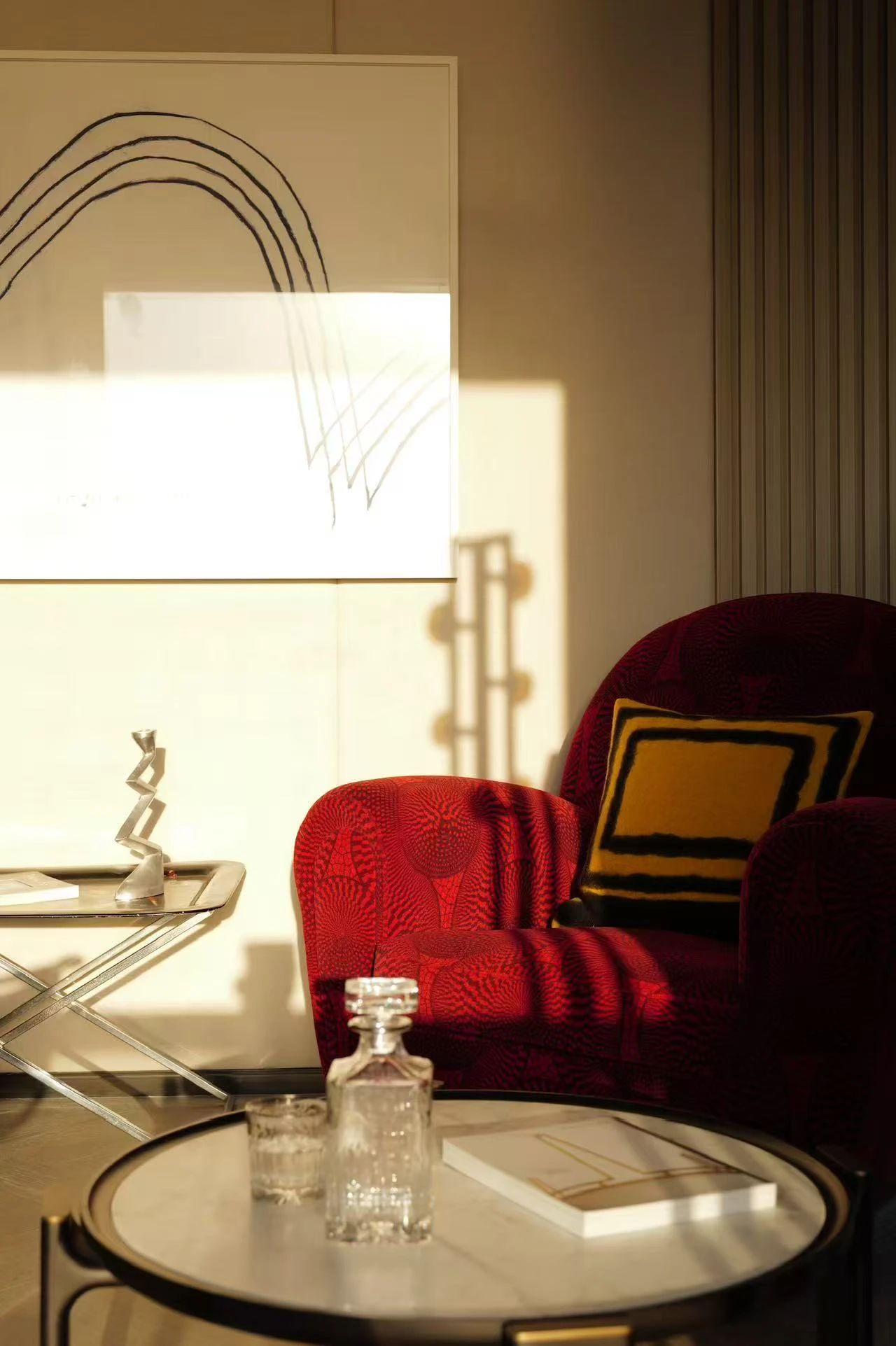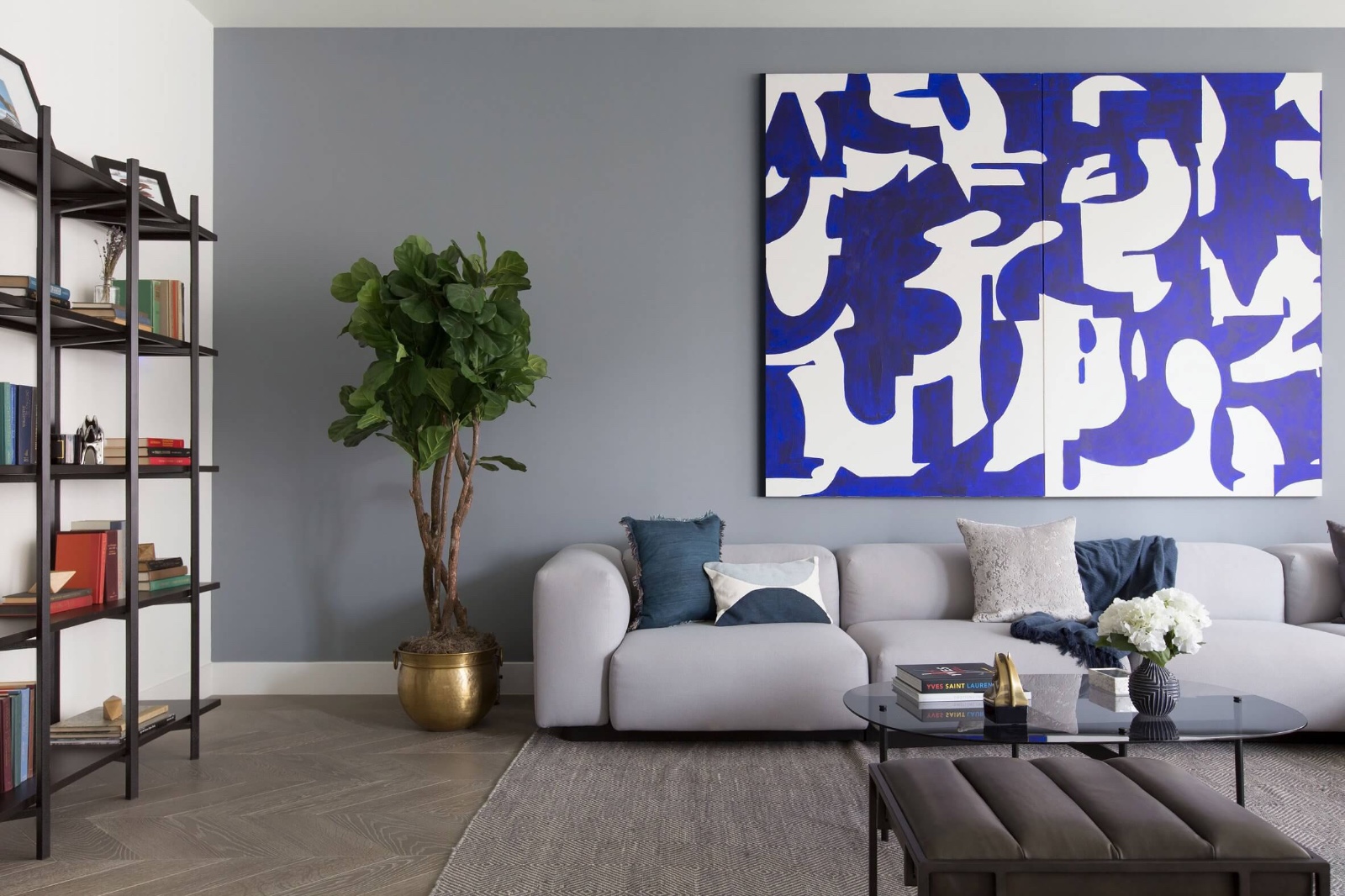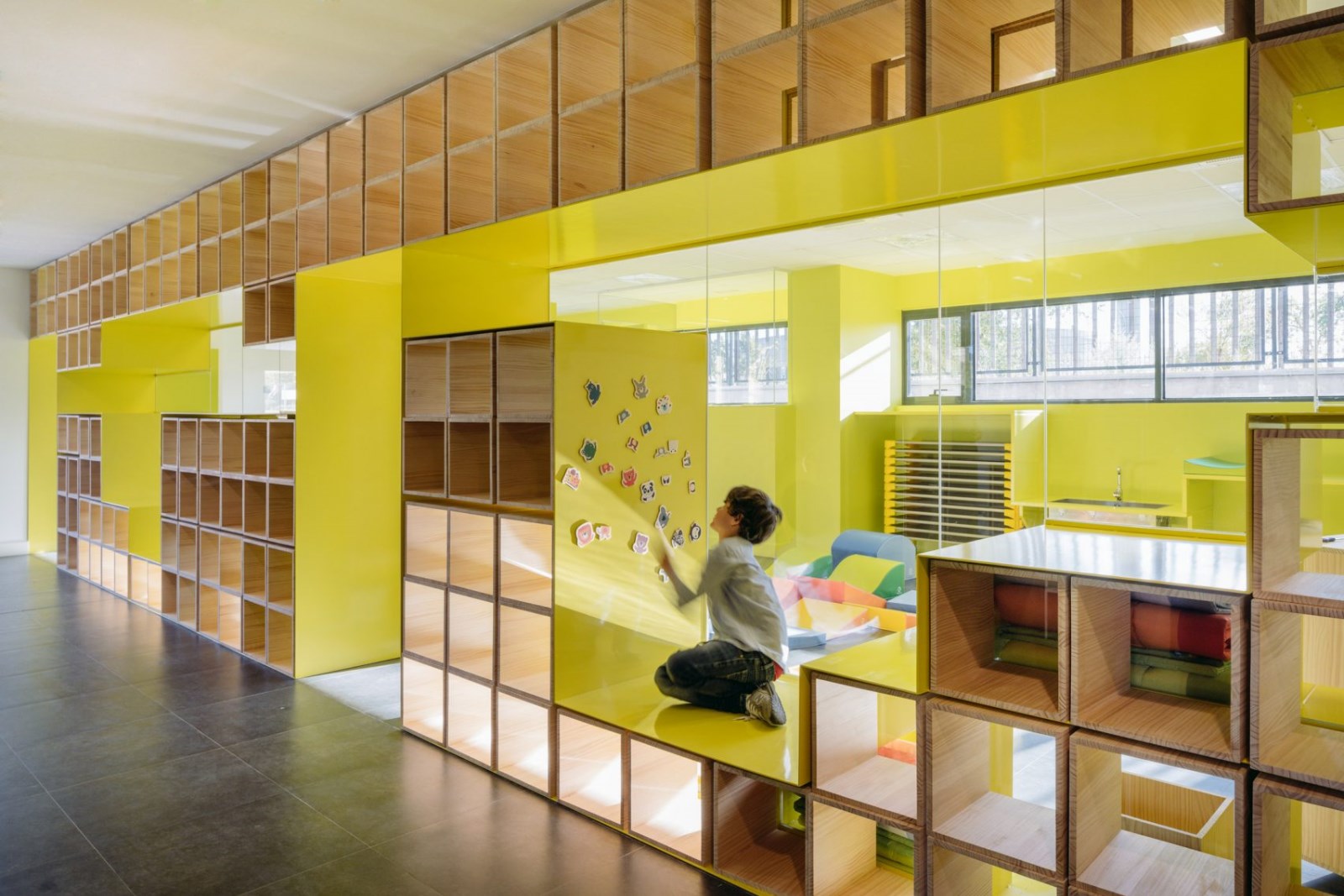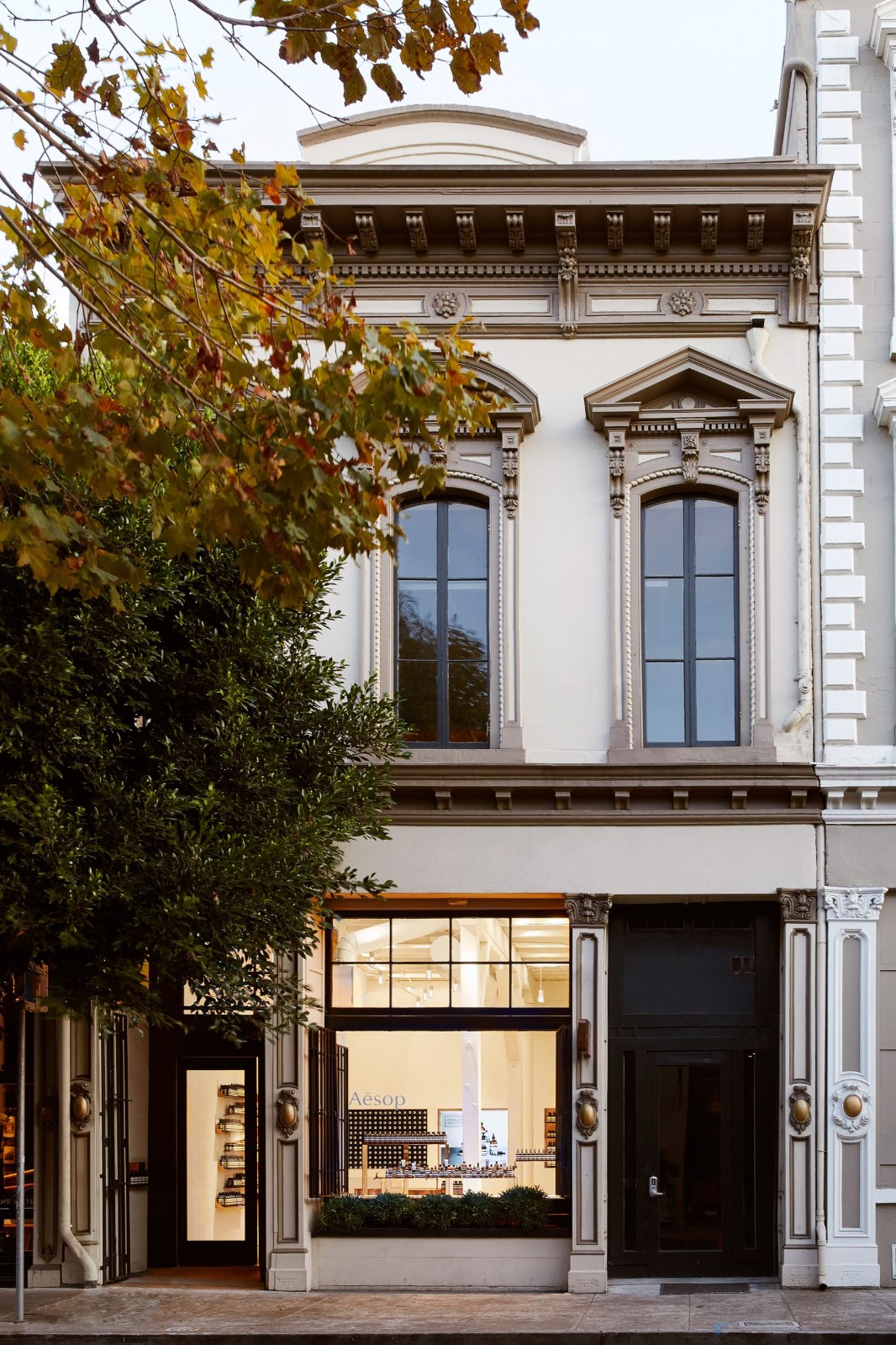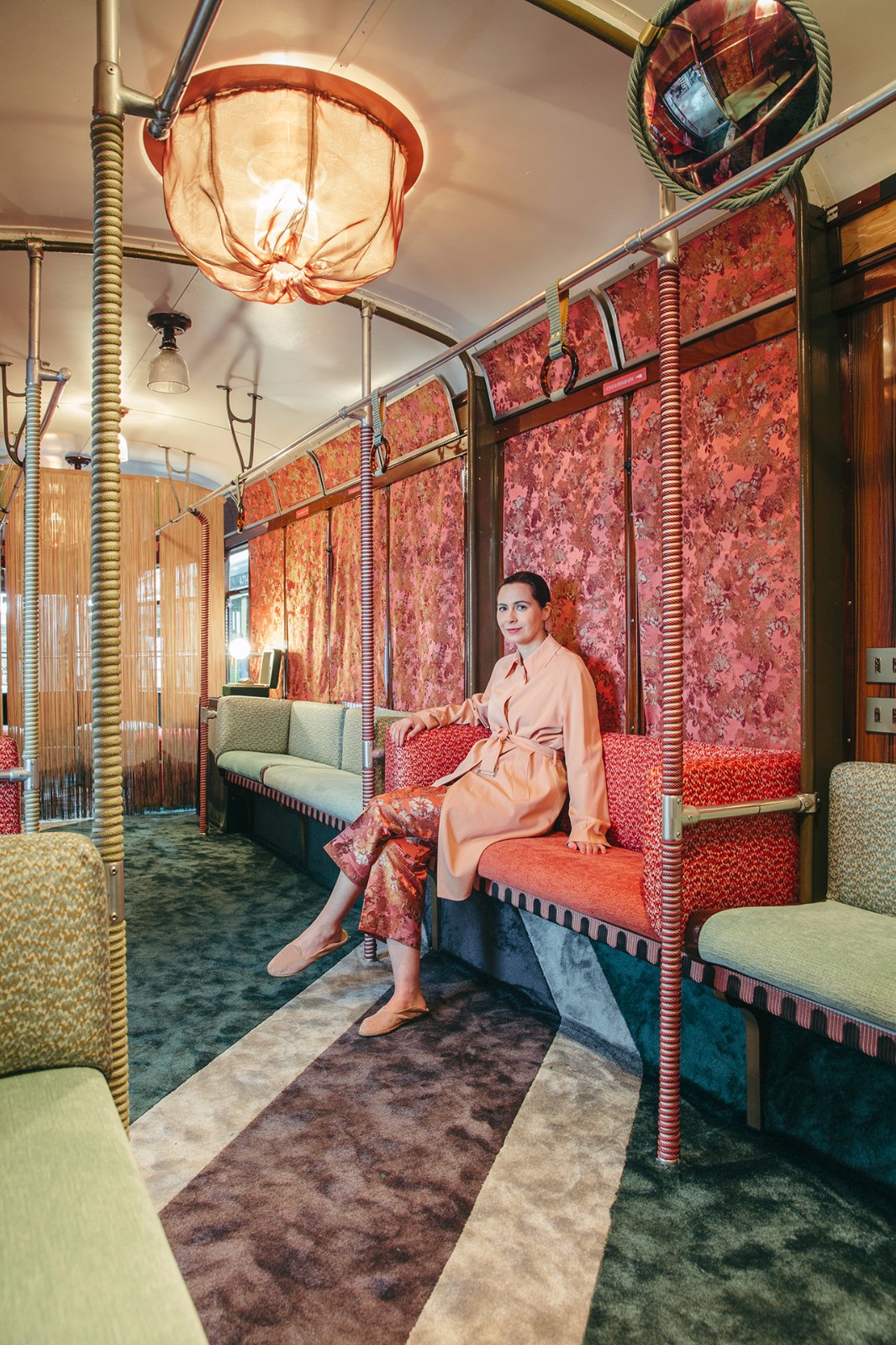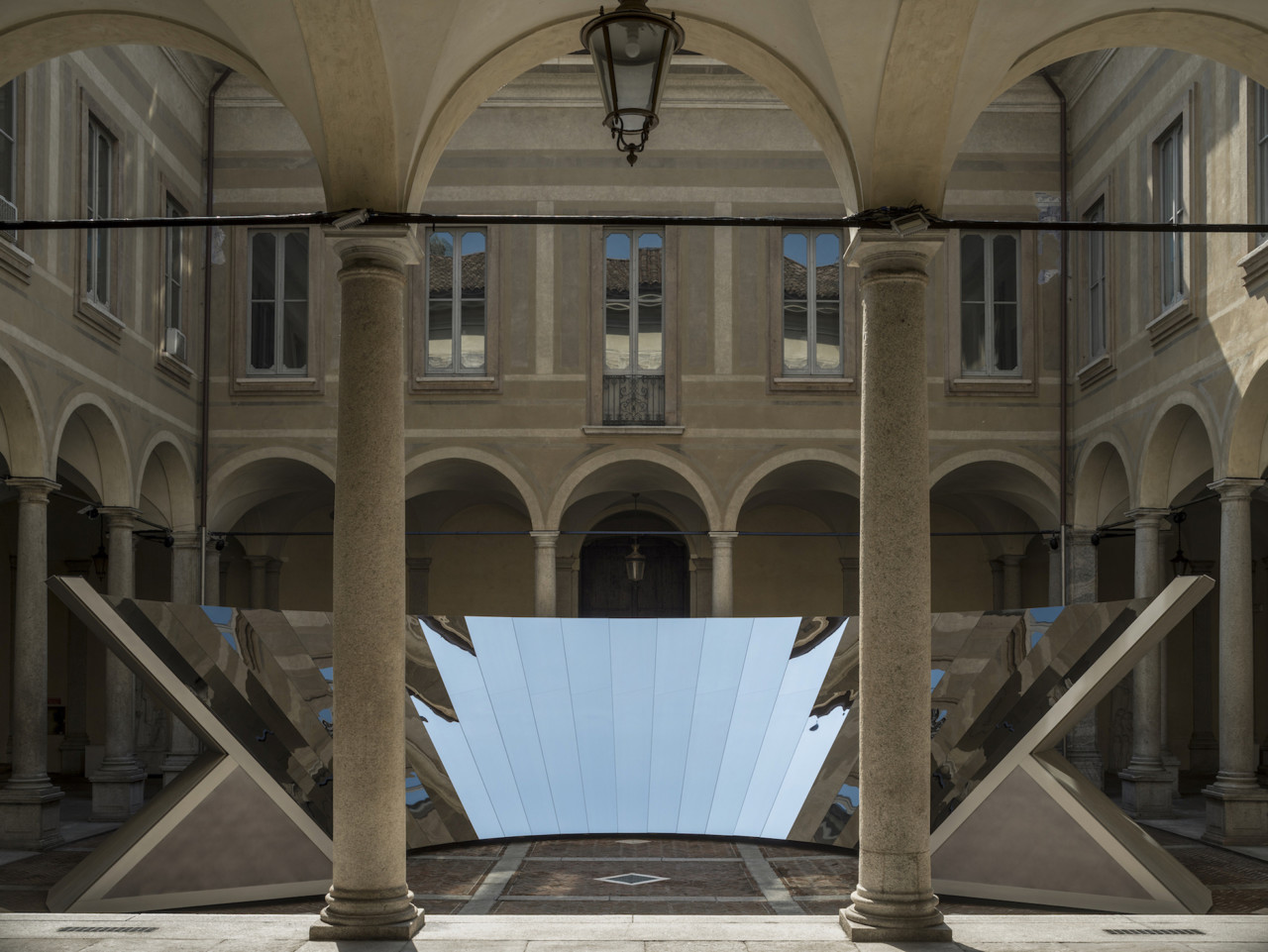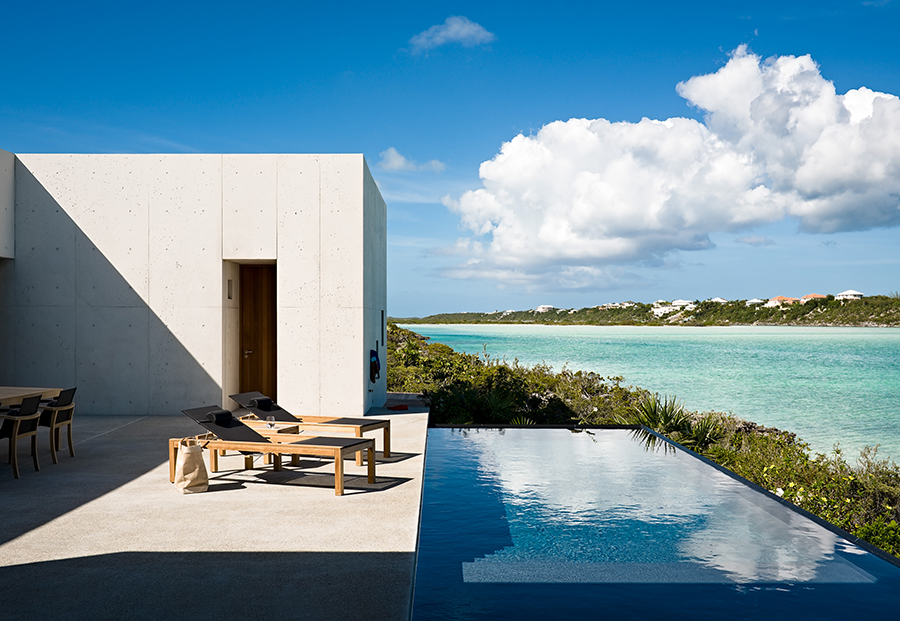MVRDV Reimagines the Chinese Hutong
2015-12-31 12:00
建筑师介绍:位于北京天安门广场旁的仙鱼口胡同正在等待重建。它的居民搬到其他地方,几乎完全空置。在这种不寻常的情况下该怎么办?由于胡同在北京中心的突出地位,这是一个非常明显的项目,作出决定的时刻需要大量的责任。它应该变成什么?实现另一个高楼区?再一次刮掉另一个胡同?还是某种尊重和建立在这个城市村庄以前生活基础上的东西?这是一个伟大的时刻,反思胡同在过去几十年的发展,并为未来创造一个更好的模式,下一个胡同。
From the architects: The Xianyukou Hutong, located next to Beijing’s Tiananmen Square, is waiting for redevelopment. Its inhabitants have moved to other locations and it has been left almost entirely vacant. What to do with in this unusual situation? Because of the hutong’s prominence in central Beijing, it is a highly visible project, and the moment when a decision is made requires a huge amount of responsibility. What should it become? The realization of another high rise area? Again, scraping away another hutong? Or something that reveres and builds upon the former life of this urban village? This is a remarkable moment to reflect on the hutong developments over the last decades, and to create a better model for the future, the next hutong.
几个世纪以来,胡同一直是中国人口从农村迁移到日益增长的城市的标准定居形式。这个聚落结合了高城市密度的典型乡村的生活价值和组织模式:三到四栋建筑围绕着一个庭院,把更大的家庭安置在一起。被墙壁包围,胡同在更密集的环境下,保证了传统家庭生活的亲密无间。它将隐私与密度、灵活性与组织结合起来。从它的起源到今天,胡同是随着时间的变化而演变的。在全球化和城市发展不断加速的时代,胡同面临的新挑战和新机遇是什么?如何才能解决这些问题,才能使这一有机发展的城市结构适应当前和未来的需要?
For centuries Hutongs have been the standard form of settlement for Chinese populations that moved from the countryside to the growing cities. The settlement combines the life values and organizational model of classic rural villages at high urban densities: three to four buildings around a courtyard housed bigger families together. Surrounded by walls, the Hutong guaranteed the classical intimacy of the family life within denser circumstances. It combined privacy with density and flexibility with organization. From its origins to today, hutongs evolved according to changing demands over time. In this era of ever further acceleration of globalisation and urban development, what are the new challenges and new opportunities for the hutong? And how can they be answered, to be able to evolve and adapt this organically grown urban fabric to current and future needs?
仙峪口胡同的开发与其他周边地区相比已被推迟,为该区创造了巨大的潜力。它靠近天安门广场,因此意义重大。它要求对其发展提出一种文化甚至政治观点,将未来与过去联系起来。没有总体规划或宏伟的设计,而是一个发展战略。咸水口胡同康复过程的原则是什么?应该采取什么方向?
The development of the Xianyukou hutong has been delayed in comparison to other surrounding areas, which creates an enormous potential for the area. Its proximity to Tiananmen Square makes it highly significant. It demands a cultural, even political viewpoint on its development, which bridges the future with the past. No masterplan or grand design, but a strategy for development. What could be the principles for the rehabilitation process of Xianyoukou Hutong? What direction should be taken?
已经设想了几个空间测试,每个测试都探索一个特定的潜力。我们能想象把这些极端的假设的特质结合在一起,从而创造出一种既庞大又密集,绿色,混合和个性化的胡同吗?除了现有的布局之外,还可以设想一系列的项目和解释,使这一发展能够分阶段进行。从豪华住宅到负担得起的公寓,从老年人住房到年轻人住房。无论是杜鹃花还是竹园,都充满了密密而宽敞的地块。商业和住宅用地,都是由不同的未来业主和建筑师,相邻的。该提案创建了一种建筑博览会,在那里可以测试和展示不同的项目、干预措施、解释和策略,从而测试和展示“下一个胡同”未来可能的发展。
Several spatial tests have been imagined, each exploring a specific potential. Can we imagine combining the qualities of these individual, extreme hypotheses, so as to create a hutong that is at once monumental, dense, green, mixed and individual? In addition to the existing layout, a series of projects and interpretations can be imagined that make this development possible in a phased manner. From luxury homes to affordable apartments, and from houses for the elderly to those of the young. Whether azalea or bamboo gardens, filling both dense and spacious plots. Both commercial and residential plots, all made by different future owners and architects, next to one another. The proposal creates a sort of building exposition where different projects, interventions, interpretations and strategies can be tested and displayed, thus testing and displaying the possible future development of ‘the next hutong’.
这一发展战略可以逐步实施。它可以逐步实现,从一个小庭院开始,到以小区为主的干预,逐步改造和升级该地区。通过提供基础设施和公共设施,政府可以在促进进一步发展方面发挥重要作用。私人投资者将为该地区带来多样性和创造性气氛。一个永无止境的过程,对未来的需求是灵活的。
This development strategy can be implemented in a gradual manner. Step by step it can be realized, starting from a small courtyard, to plot-based interventions, gradually transforming and upgrading the area. By providing basic infrastructure and communal facilities, the government can play an important role in promoting further development. Private investors will bring diversity and a creative atmosphere to the area. A never ending process that is flexible for future demands.
建筑师MVRDV定位于北京,中国类别翻新设计团队winy Maas,Jacob van Rijs和Nathalie de Vries与施文建,Kyosuk Lee,丁文,Michael Zhang,Jaime Bálgoma,Saimon Gomez Idiakez客户北京东方文化资产运营有限公司,北京艺术中心3400.0平方米照片
Architects MVRDV Location Beijing, Beijing, China Category Renovation Design Team Winy Maas, Jacob van Rijs and Nathalie de Vries with Wenchian Shi, Kyosuk Lee, Ting Wen , Michael Zhang, Jaime Bálgoma, Saimon Gomez Idiakez Client Beijing Oriental Culture Assets Operation Corp., Beijing Center for the Arts Area 3400.0 sqm Photographs MVRDV
 举报
举报
别默默的看了,快登录帮我评论一下吧!:)
注册
登录
更多评论
相关文章
-

描边风设计中,最容易犯的8种问题分析
2018年走过了四分之一,LOGO设计趋势也清晰了LOGO设计
-

描边风设计中,最容易犯的8种问题分析
2018年走过了四分之一,LOGO设计趋势也清晰了LOGO设计
-

描边风设计中,最容易犯的8种问题分析
2018年走过了四分之一,LOGO设计趋势也清晰了LOGO设计











































































































































